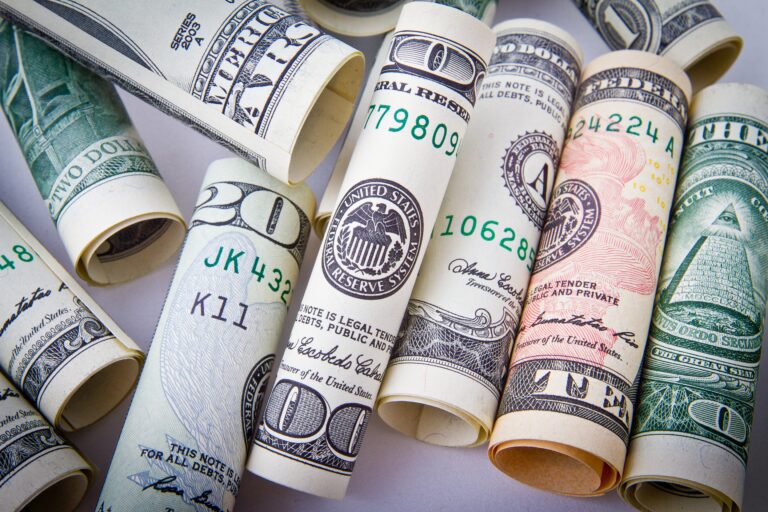
Morning Brief – Over 50 million Barrels
High energy prices have an aggressive and pervasive threat to economies globally. In Europe, markets, economies and consumers have been particularly aware and sensitive to gas prices. Recent developments surrounding Germany and Nord Stream 2 have only served to develop tight energy commodity prices further. Rising commodity prices are a structural source of inflation and rising energy prices in your home and for your vehicle have a material change on the backdrop of the economy.
This week we saw a historic release of oil reserves from the Strategic Petroleum Reserve in the United States. The Department of Energy has announced that it will release 50 million barrels of oil from this reserve in order to offset the constrained supply of oil on markets today. One of the catalysts for the decision is rising prices at petrol pumps. Oil released from the Reserve will not only take weeks and even months to be taken up by the market to alleviate price pressures. It will also be far longer in turn before refineries are apply to supply gasoline to relieve pressure on prices at the pumps.
It is quite remarkable to consider in isolation that the US President announces the historic release of reserves from the Department of Energy’s stockpile and the price of a barrel of oil in the US (WTI) and Europe (Brent) rise. As with many price movements, the answer comes down to context and expectations. Alongside the fourth wave of Covid in Europe and a strong US Dollar, the prospect of a release of oil reserves in the US had been on the market’s radar for a while. From its peak in late October, Brent Crude prices had already lost 10%. When Biden announced 50 million barrels of oil were to be released for delivery in mid-late December, the value of short-dated Brent crude contracts rallied by a couple of Dollars per barrel.
The impact in markets has been for commodity currencies to rally. The Canadian Dollar in the past two trading sessions has managed to gain ground against the US Dollar which itself has continued to gain traction. Key oil-exporter Norway also saw its currency buck (if only for one day) what has been a cumulative losing streak in excess of 7% versus the Dollar this month.
Discussion and Analysis by Charles Porter

Click Here to Subscribe to the SGM-FX Newsletter
Related Insights

Morning Brief – Too soon to call USD lower
Too soon to call USD lower Those following the US Dollar’s performance in the markets would have noted a recent downturn accelerating as this week has progressed. There have been two factors driving this sell-off but it is far from certain that either may endure long enough to push the Dollar index back to its […]

Morning Brief – Milan, Italy
Milan, Italy The City of Milan has a late night noise problem and so it has acted unilaterally to resolve it-Italian style. A ban on the sale of take away food including ice cream and pizza after midnight is being imposed to protect the “peace and health of residents.” Here in the UK late night […]

Morning Brief – Coal tinted spectacles
Coal tinted spectacles If you had to boil down the global economy into one category from the options of bad/fair/good, what would you choose? We all experience the economy vastly differently down to an infinite number of variables. But by and large the current phase we are in, characterised by strong global growth rates, record […]



 Charles Porter
Charles Porter Humphrey Percy
Humphrey Percy